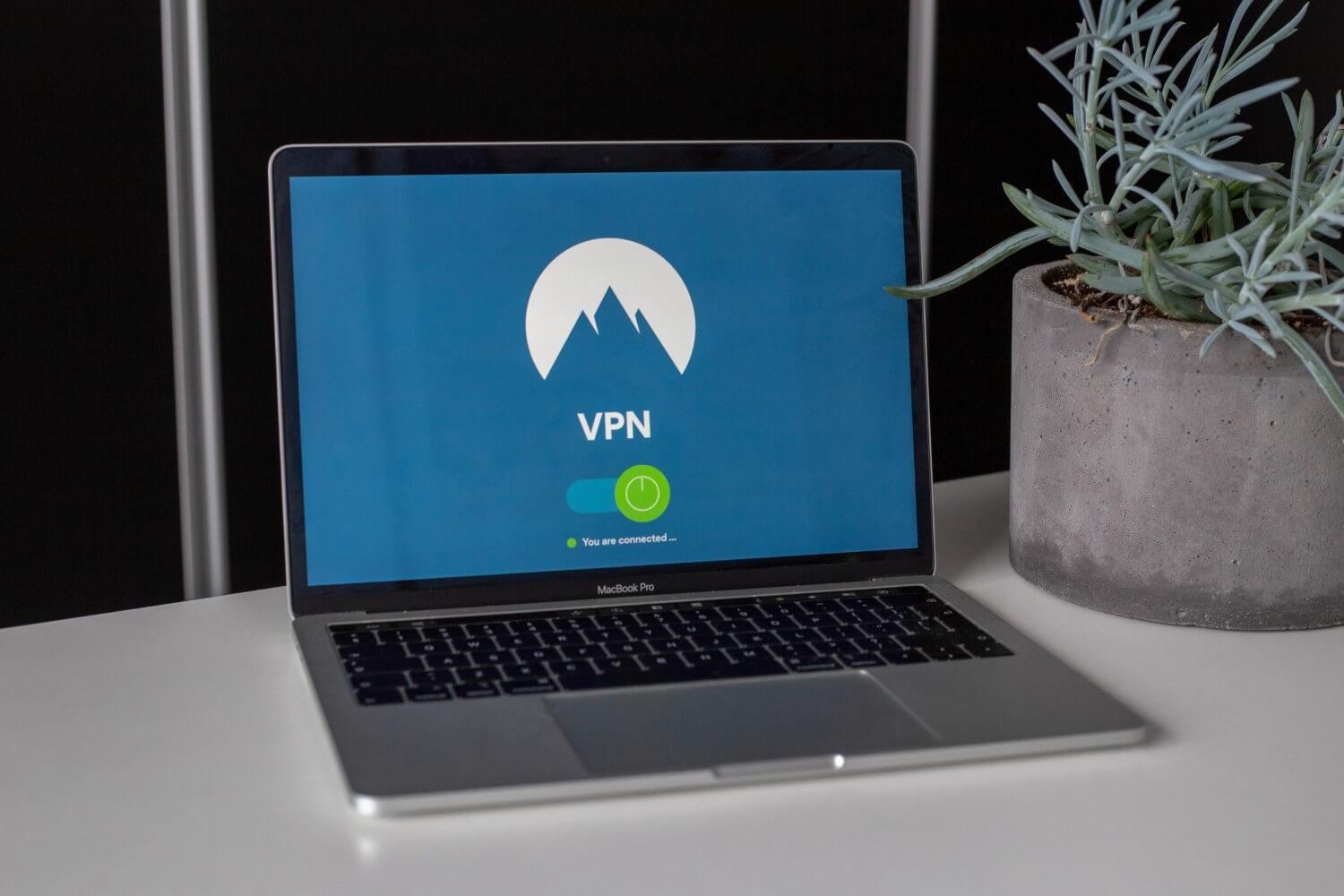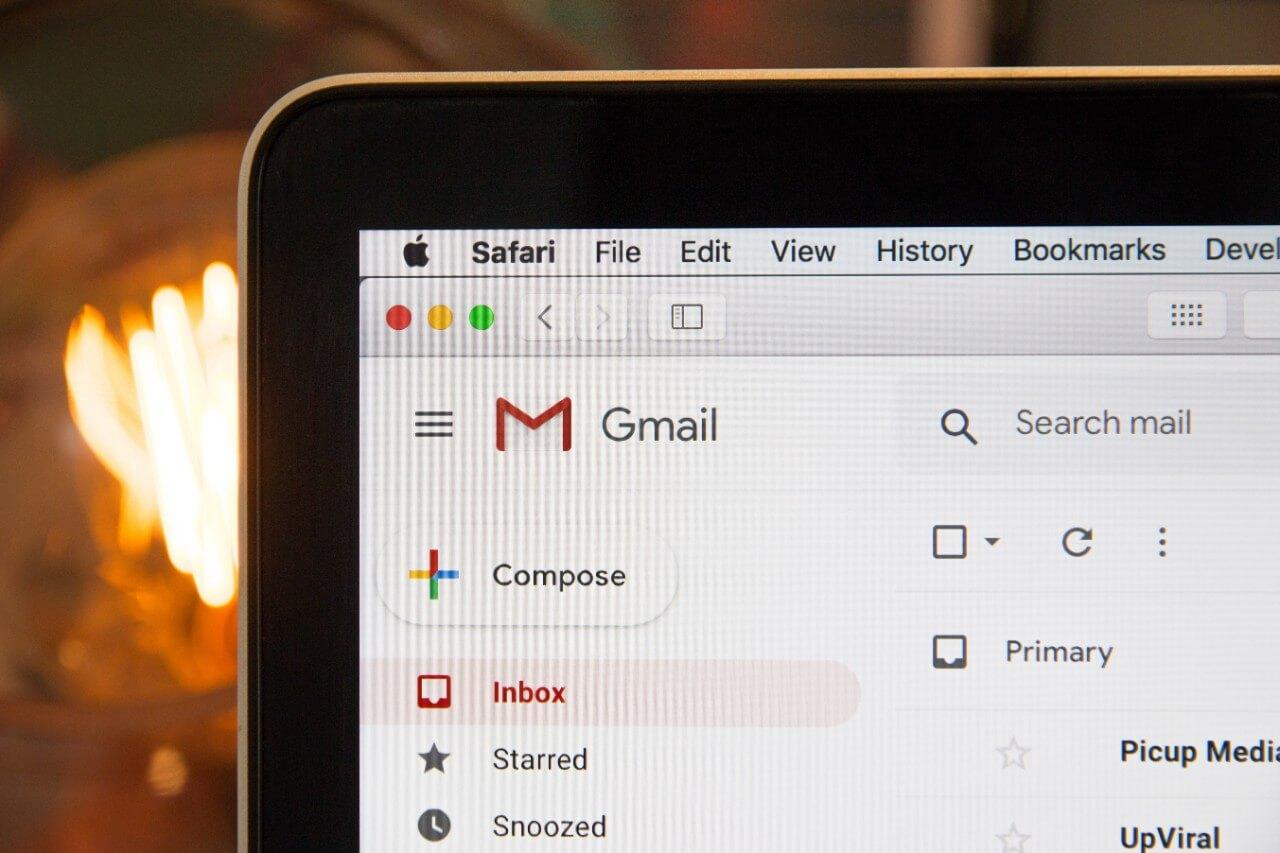Blog

In this digitally volatile day and age, spam is part of our everyday lives. From the relentless calls to constant emails, everyone gets spammed. But if you are a business who has forms on their site and are getting spammed, there are things you can do to reduce it.
What exactly is form spam?
Form spam is the entering and submitting of website forms with fake information. Things like unwanted offers, phishing, etc. can come through your forms and be considered spam. This can be done through bots or manual spammers.

Now more than ever, data is everywhere. According to Forbes, there has been more data generated in the last two years than in any time in human history. An estimated 1.7 megabytes of new information is generated every second for every human being on the planet. Sadly, less than 0.5% of that data is ever analyzed and used.
Throughout each stage of a marketing campaign, marketers are able to capture valuable data that can be analyzed and transformed into useful insights and strategies. Marketing has moved a long way from the days of mass-targeted advertising. In 2020, there is no excuse for not knowing what your customers want or whether your marketing efforts are effectively driving results. The degree to which you can successfully analyze and implement data can make or break your marketing strategy. Here are six things you can and should do to make your data work for you:

We asked Mary, one of our account managers some questions about marketing trends and challenges. Here's what she had to say....
1. What's the best piece of marketing advice you've ever heard?
Focus on the problems you solve! Consumers want to know how your product or service helps them and why they would benefit from investing in that.
2. What do you consisder to be the biggest challenge for today's businesses?
Turning website visitors into buyers. In order to encourage visitors to stay on their website, minimize abandonment, and complete their conversion, businesses have to optimize their websites for the best experience. This means eliminating clutter, making the message clear, and keeping the navigation simple and frustration-free.

When it comes to protecting your personal information, what safety measures are you taking? Are you using strong passwords? Keeping your phones locked and secured? Keep suspicious emails in your junk folder? If you are, that's a great start! Here are five additional things you can do to ensure that you and your personal data are protected.

So you've added email marketing as a part of your marketing strategy. Maybe you've been doing it for some time. While having an email strategy is a great first step, it's important to keep optimizing so that your campaigns really resonate with your target audience. Here are 5 things you should keep in mind when developing your next email marketing campaign.
1. Choose an email service. Managing an email strategy can be a lot of work. Email services like Constant Contact, MailChimp, and a number of other providers make it much easier. They give you the ability to design, schedule, and track emails that you are sending out.
2. Rethink your subject lines. As soon as your email lands in someone's inbox, it needs to grab their attention. The subject line is the perfect place to do just that. When writing your subject line, make sure it's relevant to your audience and to the email, and use actionable language.

We asked Senior Account Manager Anne-Stuart some marketing questions. Here's what she had to say....
1. What's one thing you think every business should know about marketing?
A general understanding of analytics. You don't need to be a data nerd, but having a working knowledge of how your campaigns are performing is important. Learning to identify some key metrics will allow you to have a handle on if your various marketing efforts are working.
2. What's your go-to strategy if a client is struggling to reach their target audience?
I like a combination of SEO and Google Ads. I think SEO is one of the most important marketing efforts any business can invest in, but it takes time to see results. That's where Google Ads (or pay per click) comes in. Google Ads allows you to bid on keywords you know will produce a qualified user and I love manipulating the ad strategy to see results.

A strong local presence is essential to small businesses that operate on a regional level. By focusing on local SEO, you can prioritize appearing on search engine results pages (SERPs) in a specific location instead of nationally. If your business goal is to dominate a specific market in a certain area, local search engine optimization should be an important piece of your marketing strategy.
Local SEO has become even more essential in the last decade with so many consumers armed with mobile and tablet devices. Consumers are looking for businesses when they're on the go. In fact, Google estimates that 35% of all search traffic is local and proximity is one of the three major ranking signals for search results.
If you're trying to improve your business's local SEO, here are our top 5 tips:

Do you ever find yourself asking the question of why customers are leaving or seem unsatisfied with your business? Everything seems to be working between your products, services, and your team, so what is the problem? If you haven’t taken the time to consider customer loyalty, that could explain why your customers are struggling. Let’s go through what customer loyalty is and why it matters for your company.
What is customer loyalty? Customer loyalty is a consumer’s willingness to buy from or work with a brand again and again, and it’s the result of a positive customer experience, customer satisfaction, and the value of the products or services the customer gets from the transaction. Here are 5 key tips for building customer loyalty:

As a business, it is important to consider the user experience of your digital channels. Even if you think they look great, consider them from a consumer's point of view. This will give you a better understanding of what the average person sees when they land on your website.
Here are four things to consider when thinking about online user experience:

What do you do at Addison Clark?
At Addison Clark, I work as part of the account management team where we work to develop strategies in order to fulfill our clients' marketing goals.
What's your favorite thing about your job?
I love how dynamic my job is. As an Account Coordinator, I have the opportunity to partner with multiple account managers on various projects, which means no two days are ever the same!
Are you a cat person or a dog person?
I don't trust cats, but I'm not ruling them out just yet. If I had to choose, though, I would say I'm a dog person through and through.
What is your favorite holiday?
Valentine's Day. I love love.
Subcategories
Like what you read? Want to see more blog posts?
Have a marketing question? Want to talk?


